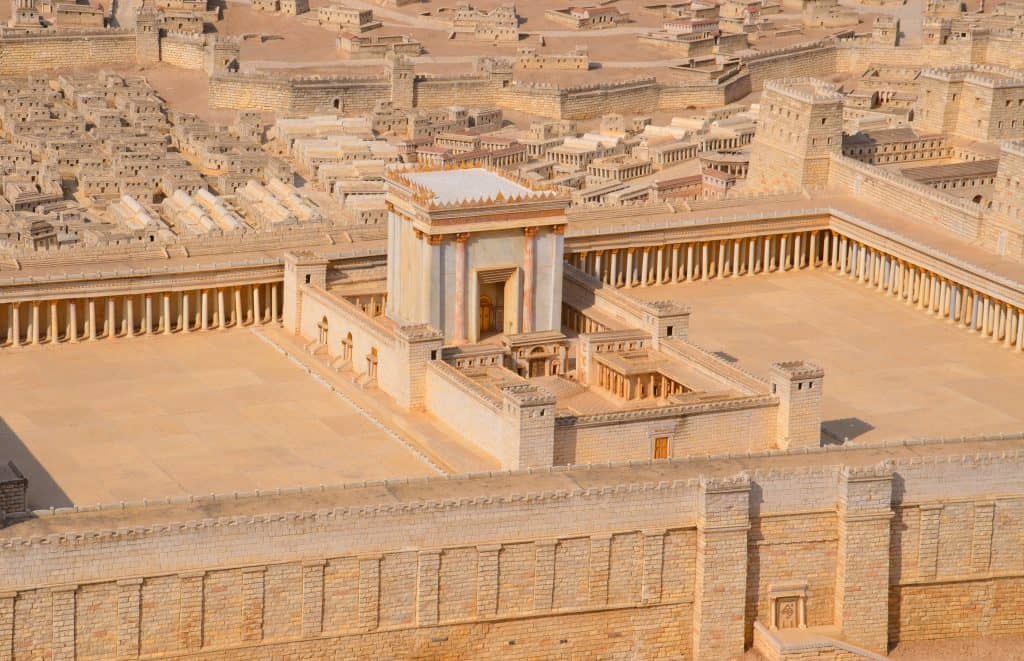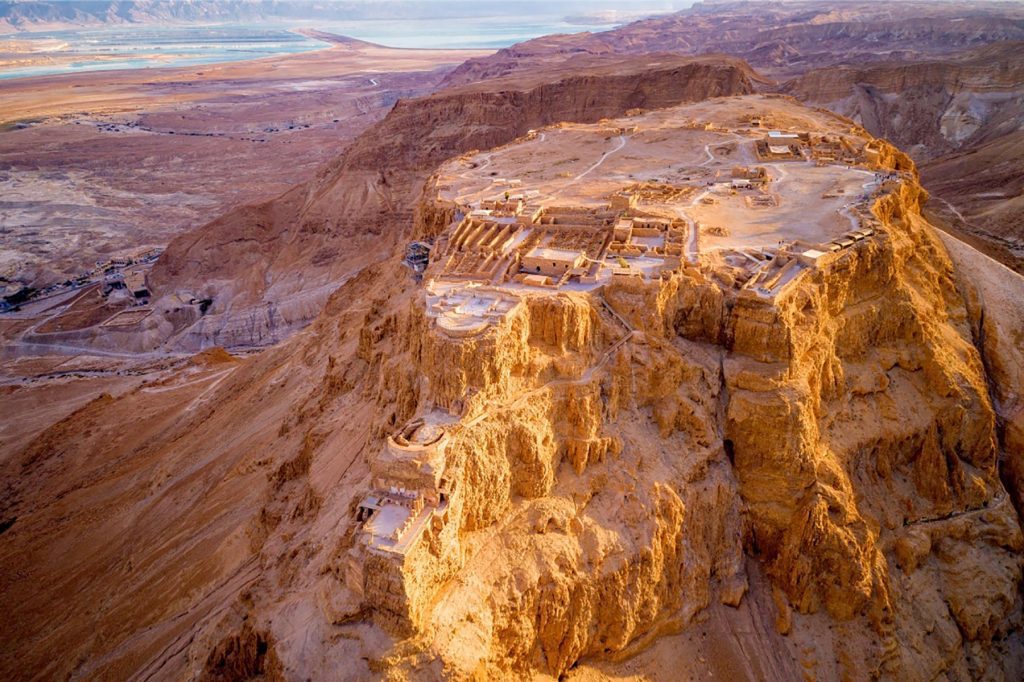Within the rich tapestry of ancient Jewish sects, the Boethusians occupy a lesser-known position, often overshadowed by more prominent groups. In this post, we explore the origins, beliefs, and contributions of the Boethusians, shedding light on their unique place in the religious landscape of ancient Judaism.

Origins and Identity: The Boethusians were a Jewish sect that emerged during the late Second Temple period (around the first century BCE). They were associated with a priestly family named Boethus, possibly descendants of Zadok, who held positions of influence within the Jerusalem Temple. The Boethusians are often mentioned in Rabbinic literature and historical accounts, though their exact beliefs and practices are not extensively documented.
Second Temple Jewish Sectarianism

Beliefs and Interpretation: While specific details of Boethusian beliefs are scarce, it is believed that they adhered to a distinctive interpretation of Jewish law and scripture. Some sources suggest that the Boethusians held more literalist and conservative views, focusing on strict observance of ritual laws and emphasizing the centrality of the Temple in religious life.
The Dead Sea Masada Tour

The Boethusians are often associated with the Sadducees, another influential Jewish sect of the time. Both groups were connected to the Temple and had priestly origins. It is believed that the Boethusians may have been an offshoot or a distinct faction within the broader Sadducee movement, sharing similar religious and ideological inclinations.
Influence and Historical Context: The influence and impact of the Boethusians on Jewish history are difficult to ascertain due to the limited information available. They were a relatively small and localized group, and their beliefs and practices likely had a more localized impact within Jerusalem and the Temple hierarchy.
The Boethusians: Interaction and Opposition
Like other Jewish sects, they likely had interactions and conflicts with other religious groups, particularly with the Pharisees. The Pharisees held differing interpretations of Jewish law and the role of the Temple, which may have led to theological disagreements and debates with the Boethusians.
The Pharisees

Decline and Disappearance: With the destruction of the Second Temple in 70 CE and the subsequent dispersion of the Jewish people, the Boethusian sect, like many others, faded into obscurity. The loss of the Temple, a central pillar of their religious life, likely significantly impacted the continuity and survival of the Boethusians as a distinct group.
Legacy and Historical Significance: Although the Boethusians have left a little tangible legacy regarding surviving writings or religious institutions, their existence serves as a reminder of the religious diversity and complexity within ancient Judaism. The study of the Boethusians contributes to our understanding of the diverse religious landscape and the varied interpretations of Jewish law and practice during that time.
While much remains unknown about the Boethusians, their place in the historical narrative of ancient Judaism highlights the multifaceted nature of Jewish religious expression during the late Second Temple period. Despite their limited prominence, the Boethusians serve as a testament to the rich diversity of beliefs and practices within Judaism, providing valuable insights into the complex tapestry of Jewish history.